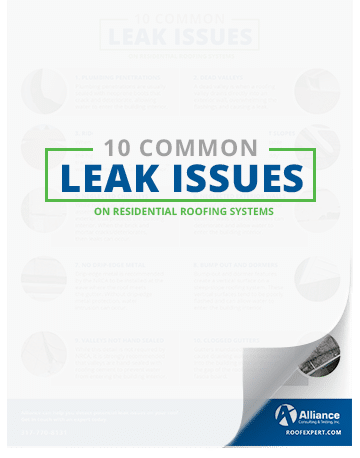Frequent Mistakes In Roofing Installation And Approaches For Prevention
Frequent Mistakes In Roofing Installation And Approaches For Prevention
Blog Article
Developed By-Hensley Padilla
When you're preparing a roofing system installation, it's very easy to neglect critical details that can result in significant troubles down the line. You might be attracted to reduce corners on material option or skip appropriate blinking installation, however these typical blunders can bring about expensive repair services later. Comprehending the importance of ventilation and sticking to neighborhood building codes is essential for an effective job. So, what are the vital actions you should require to ensure your roofing stands the test of time? Let's check out some reliable strategies to stay clear of these challenges.
Poor Material Selection
When it concerns roof covering setup, choosing the wrong materials can result in costly issues down the line. You could think that any kind of roofing product will do, but that's a common misunderstanding. It's essential to choose products that fit your neighborhood environment and the specific demands of your home.
As an example, if you stay in a location with hefty rainfall or snow, opting for asphalt shingles may not be the most effective option. Instead, think about more resilient alternatives like steel or slate.
Furthermore, take note of the top quality of the products you're taking into consideration. relevant web site could conserve you cash upfront, however they often lack longevity and can result in regular repairs or substitutes.
You ought to likewise think of the design of your home and make sure the materials you select will keep its visual allure.
Lastly, do not forget to seek advice from experts. They can supply valuable insights and recommend products that follow local building ordinance.
Spending time in appropriate product choice currently can aid you prevent headaches and expenditures in the future, making your roof task a success.
Inadequate Flashing Installation
Picking the best materials isn't the only aspect that can result in roofing issues; poor blinking setup can additionally produce substantial issues. Flashing is critical for directing water away from susceptible areas, such as smokeshafts, skylights, and roof valleys. If it's not mounted appropriately, you risk water breach, which can result in mold growth and architectural damages.
When you set up blinking, ensure it's the ideal type for your roof's style and the local environment. For instance, metal blinking is usually much more long lasting than plastic in areas with hefty rainfall or snow. Make certain the flashing overlaps suitably and is protected snugly to avoid gaps where water can leak with.
You should also take notice of the setup angle. Flashing need to be placed to route water far from your house, not toward it.
If you're unclear regarding the installation procedure or the materials required, consult a specialist. They can aid determine the most effective flashing options and guarantee every little thing is mounted correctly, guarding your home from possible water damage.
Taking these steps can save you time, cash, and frustrations later on.
Neglecting Air Flow Demands
While many house owners concentrate on the visual and structural elements of roofing installment, neglecting air flow demands can result in major lasting consequences. Proper ventilation is important for managing temperature level and dampness degrees in your attic room, protecting against concerns like mold and mildew development, wood rot, and ice dams. If you don't set up adequate air flow, you're establishing your roofing system up for failure.
To prevent this mistake, initially, assess your home's specific air flow demands. A well balanced system usually includes both intake and exhaust vents to advertise air movement. Ensure gutter downspouts san antonio 've installed soffit vents along the eaves and ridge vents at the top of your roof covering. This combination permits hot air to escape while cooler air gets in, maintaining your attic room area comfy.
Also, take into consideration the type of roof product you've chosen. Some materials may need added air flow approaches. Double-check your neighborhood building codes for air flow standards, as they can vary dramatically.
Lastly, do not fail to remember to inspect your ventilation system routinely. Obstructions from debris or insulation can hamper airflow, so maintain those vents clear.
Final thought
To conclude, staying clear of usual roof covering installment blunders is vital to guaranteeing your roof's longevity and effectiveness. By choosing the best products for your environment, mounting flashing effectively, and resolving air flow requirements, you can protect against pricey issues in the future. Don't neglect to familiarize yourself with local building regulations and routine regular assessments. With these steps, you'll enjoy a safe, durable roof covering that secures your home for many years ahead. Satisfied roof covering!
